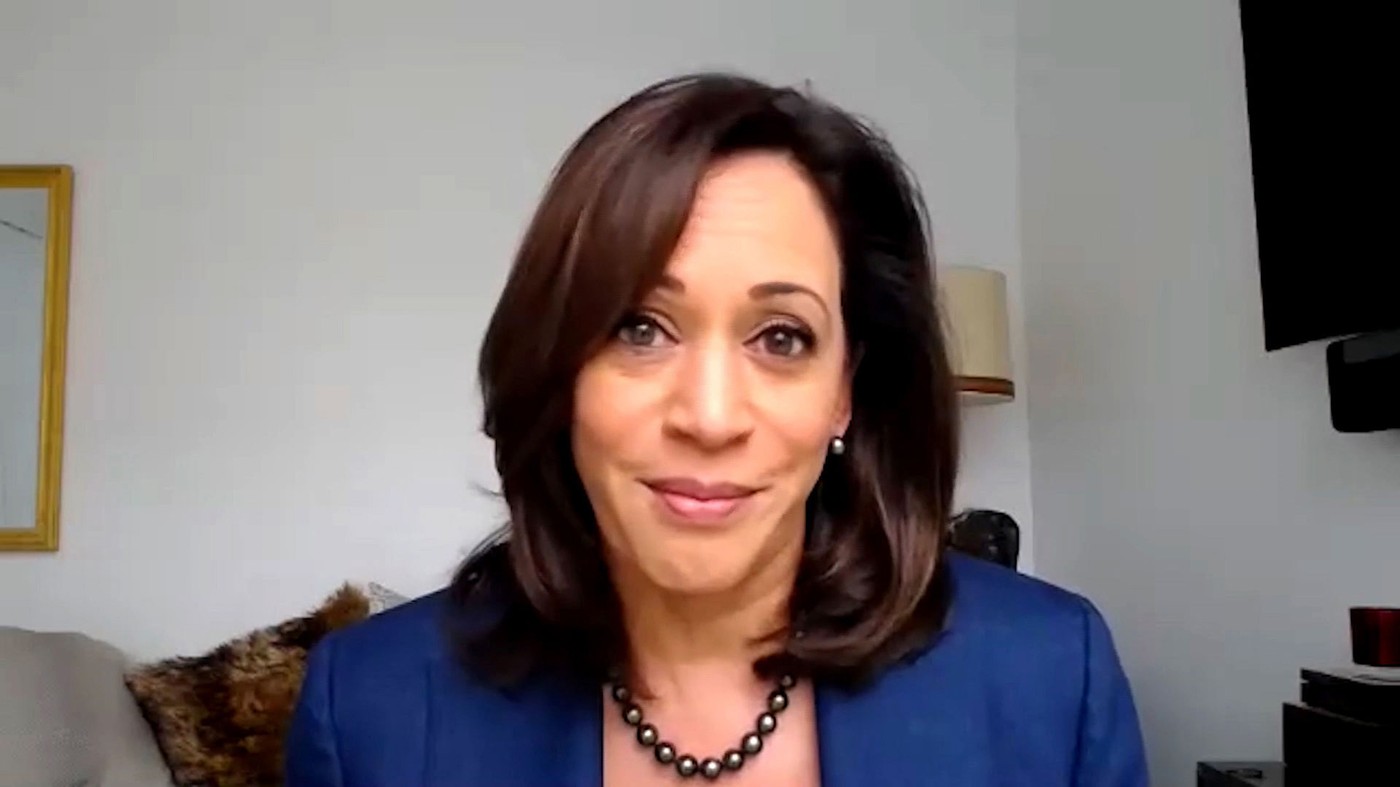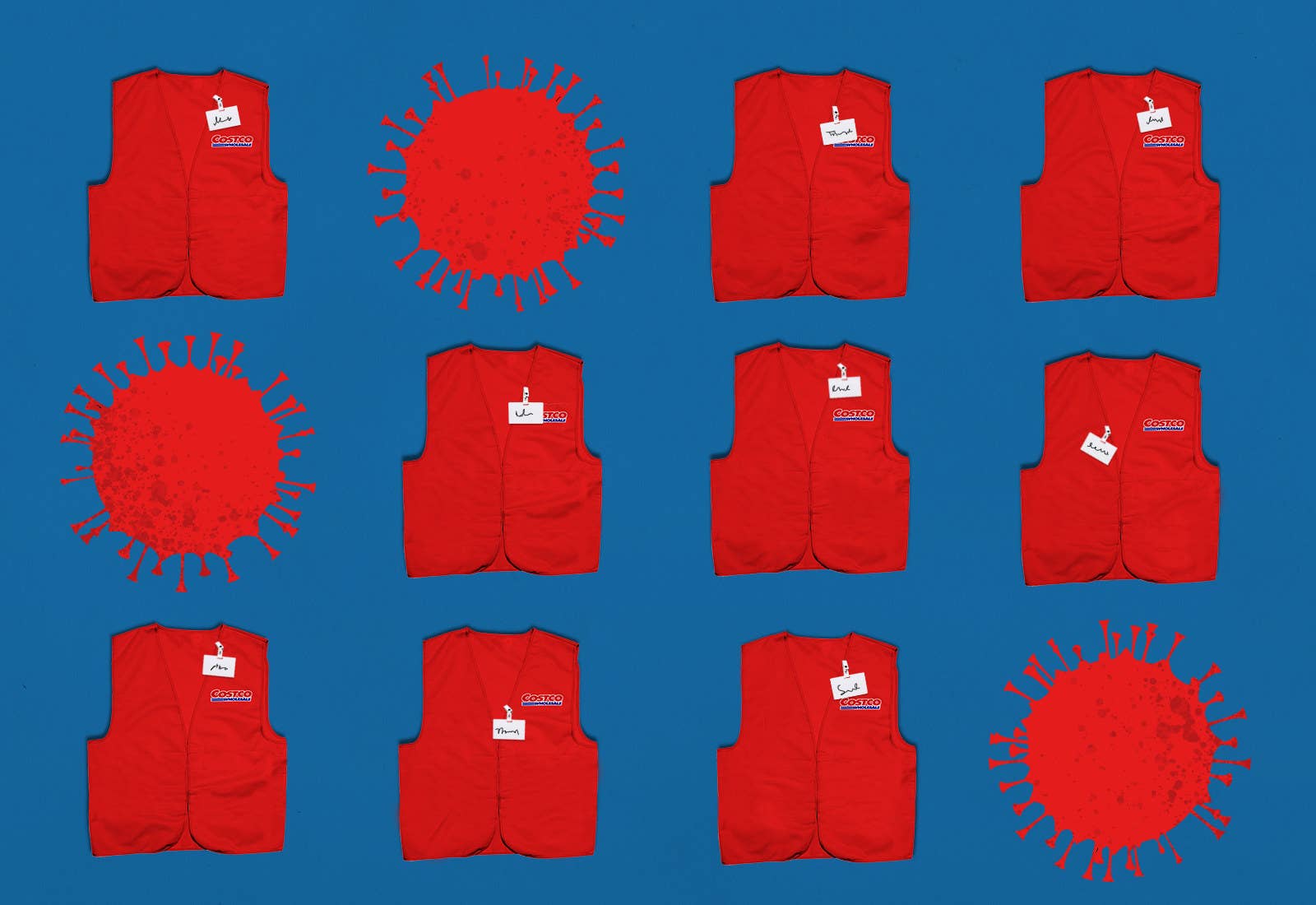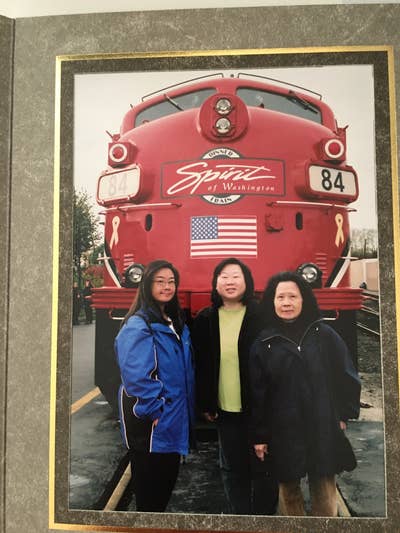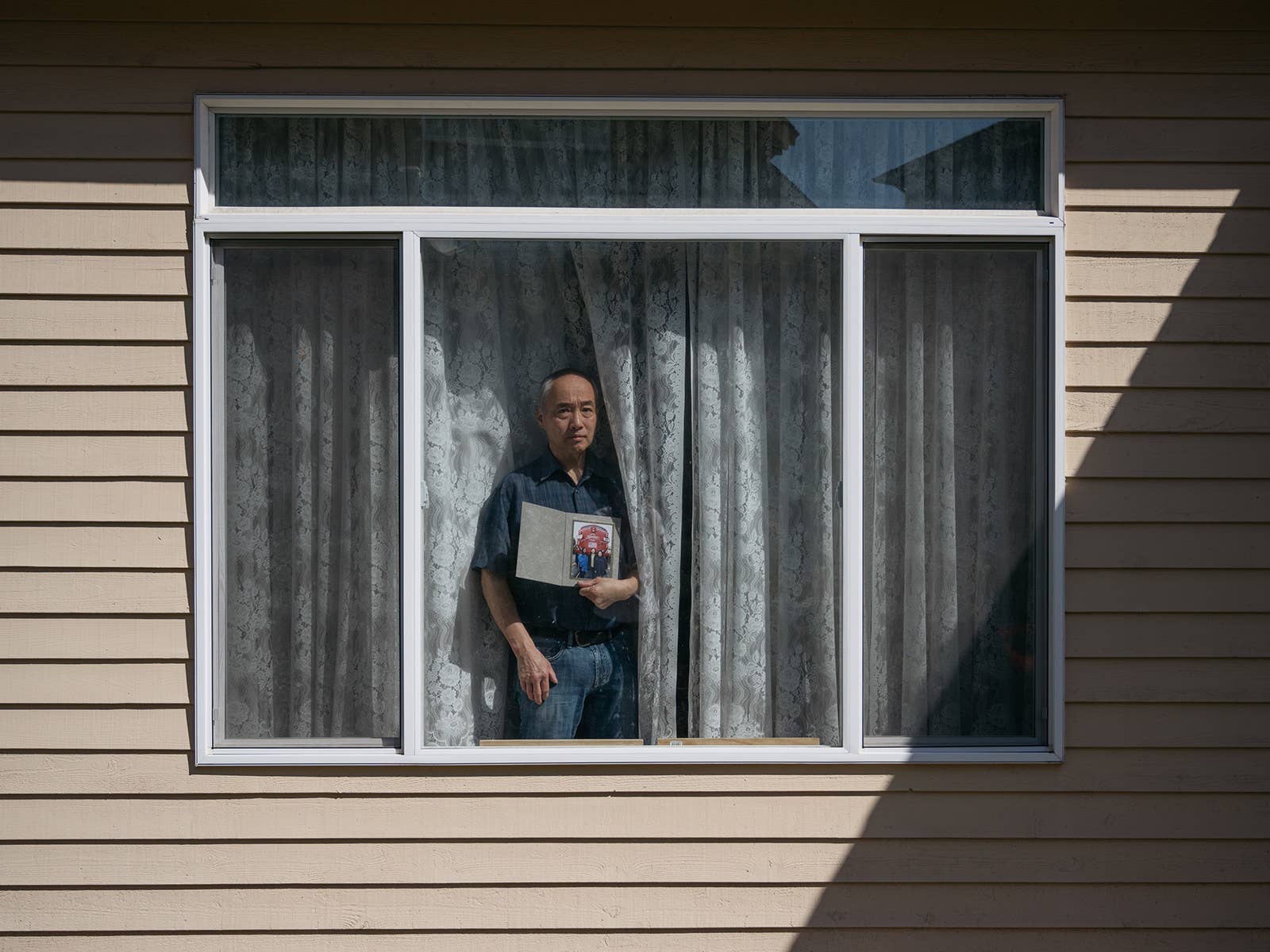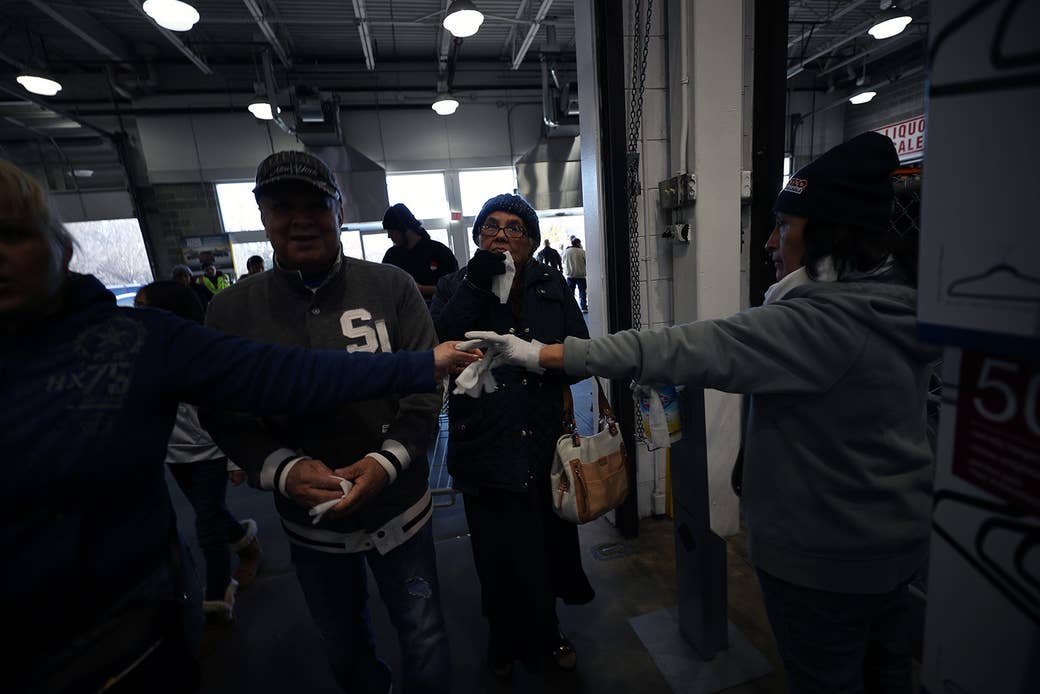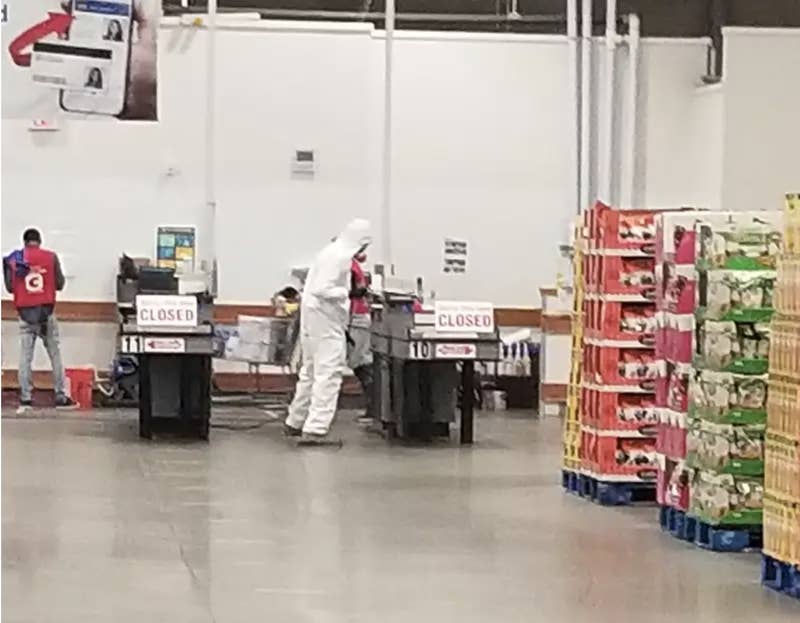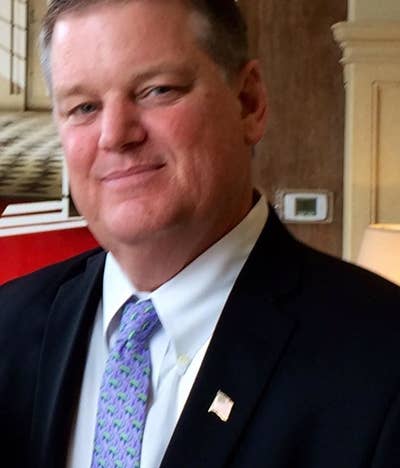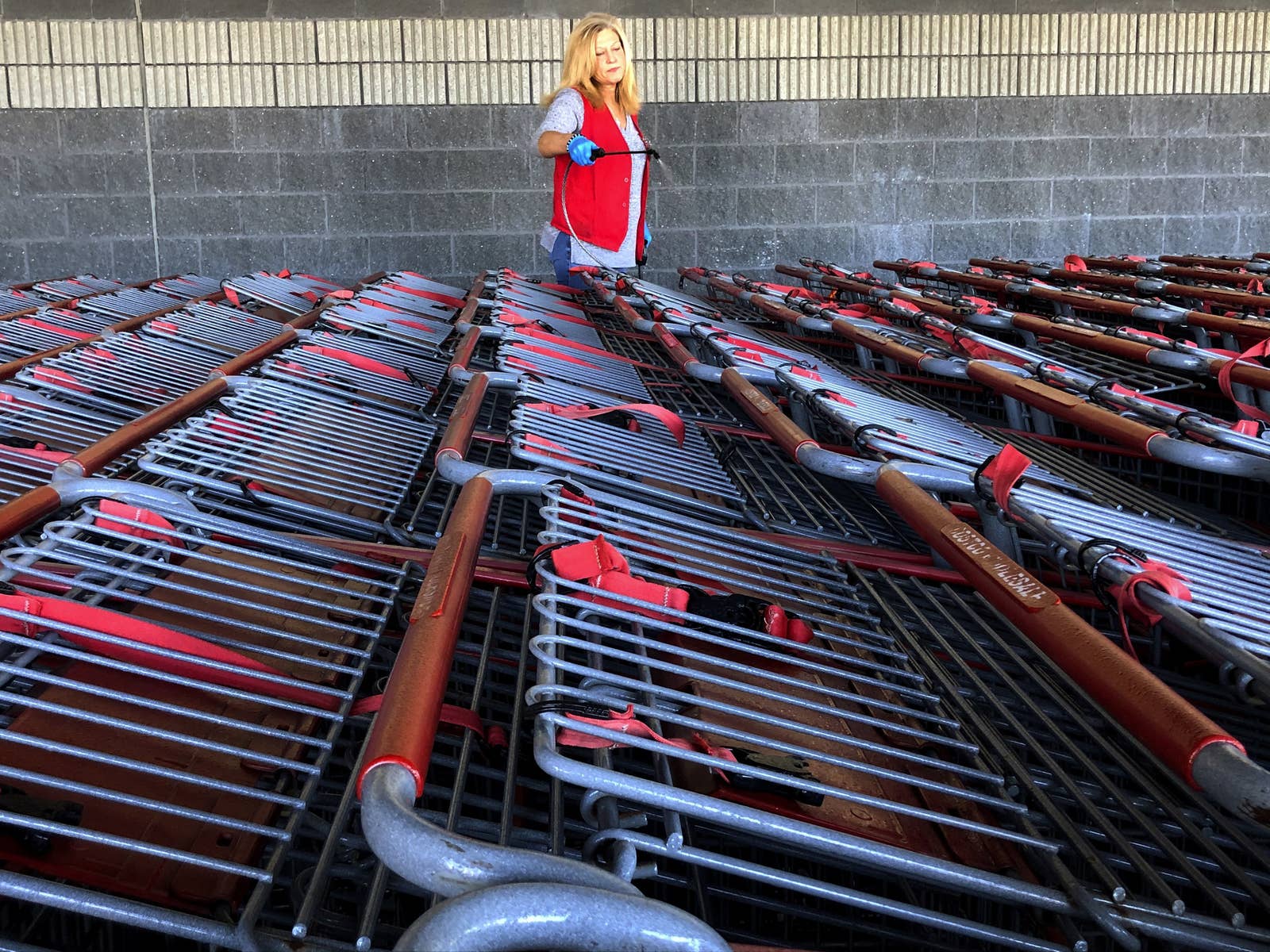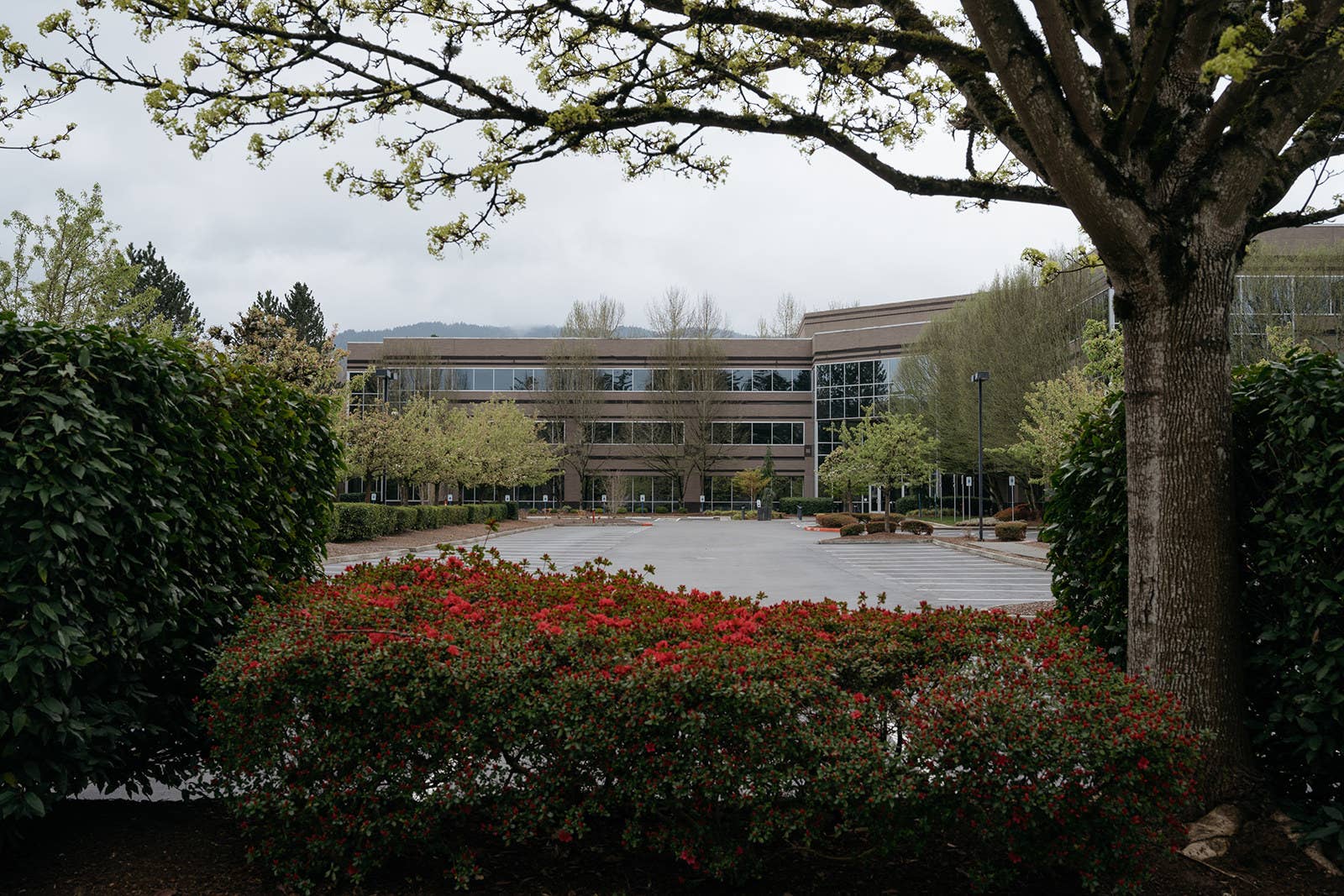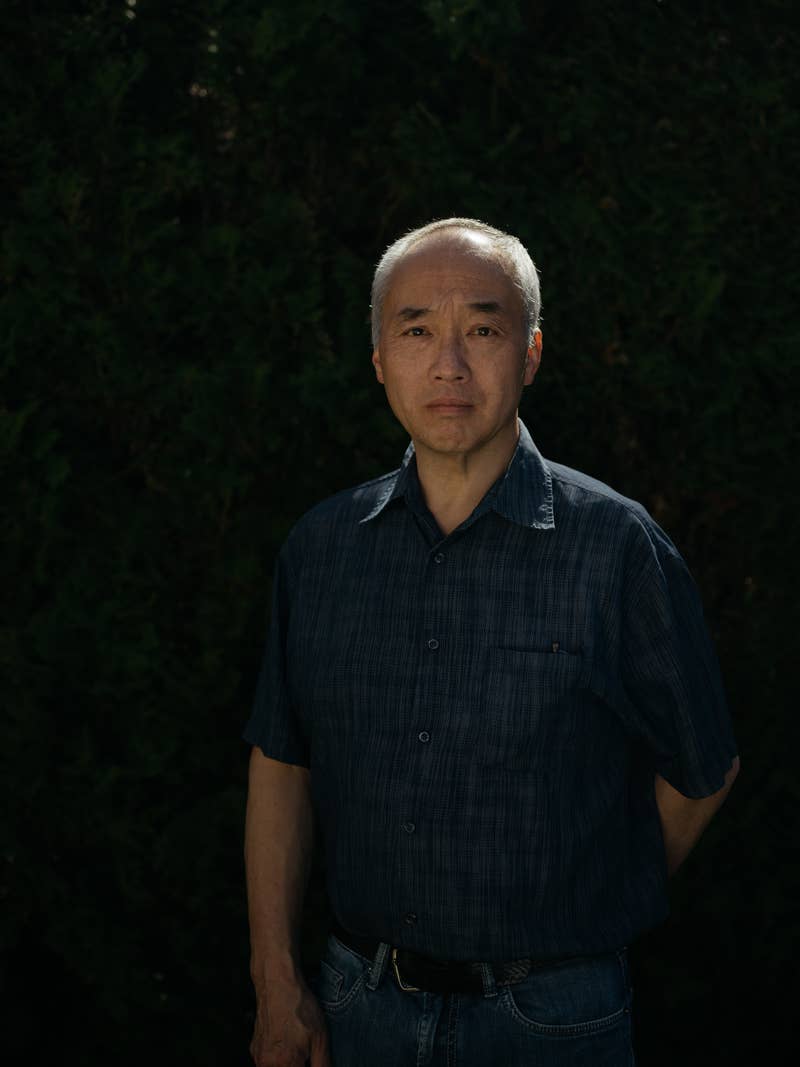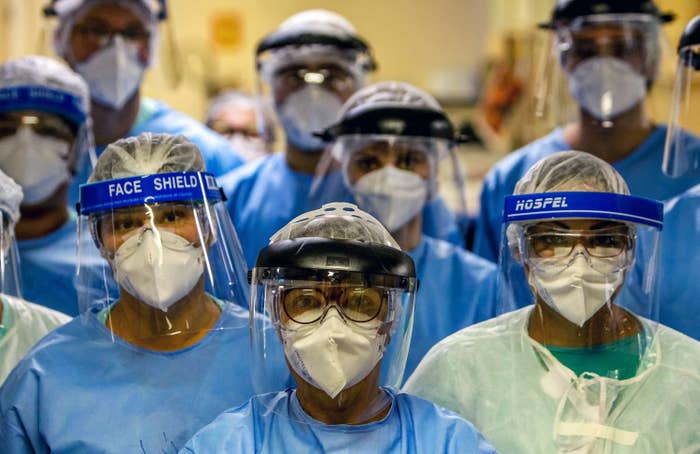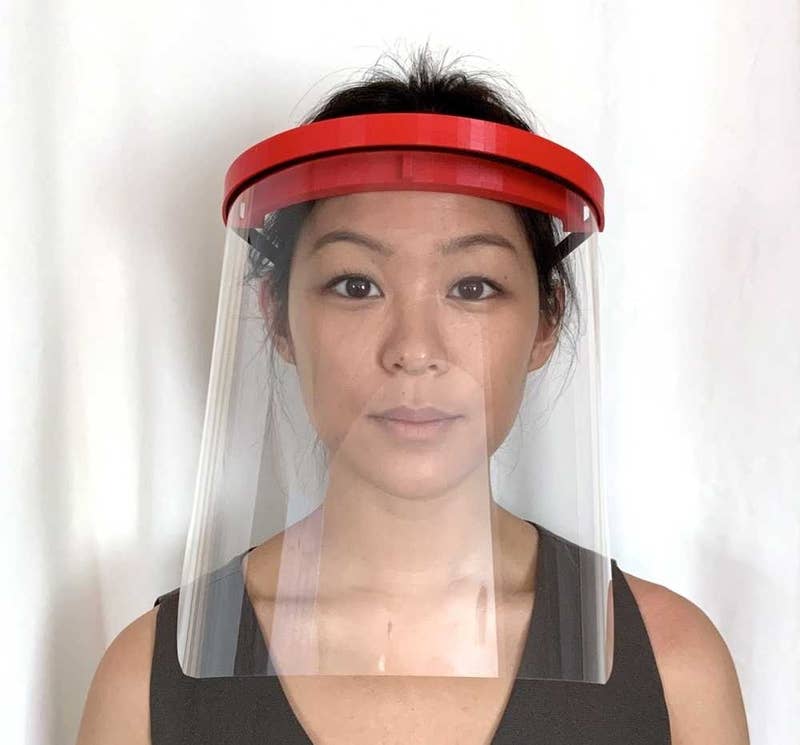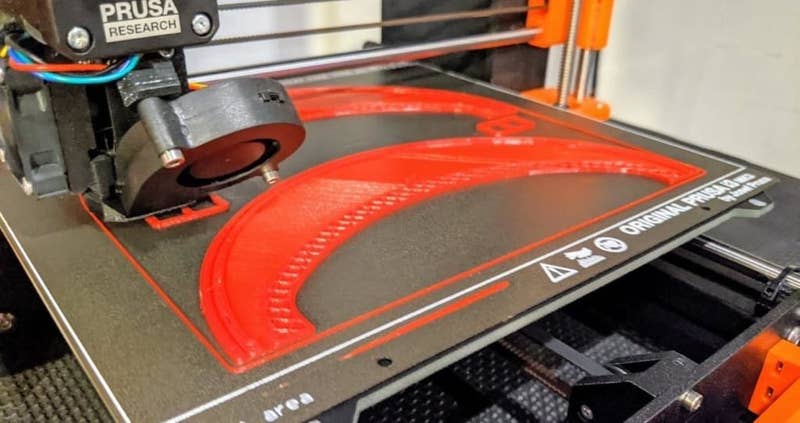The New Imperialism of Globalized Monopoly-Finance Capital
EXCERPT
The Imperialism of Monopoly-Finance Capital
A more realistic and thoroughgoing Marxian approach to the question of imperialism in our age, drawing on the fundamental parameters of classical imperialism theory while taking into consideration changing historical conditions, needs to center on capital accumulation. Here the crucial fact is the shift of manufacturing industry in recent decades from the global North to the global South. In 1980 the share of world industrial employment of developing countries had risen to 52 percent; by 2012 this had increased to 83 percent.33 In 2013, 61 percent of the total worldwide inward flow of foreign direct investment was in developing and transitional economies, up from 33 percent in 2006 and 51 percent in 2010.34
What needs to be explained, however, is that despite this tectonic shift of industry to the periphery, the basic conditions of center and periphery continue in most cases to hold. This is manifested in the seeming inability of countries in the global South, taken as a whole—and leaving out Greater China (including Hong Kong, Macao, and Taiwan Province)—to catch up economically with the nations at the center of the system. From 1970 to 1989 the average annual per capita GDP of the developing countries, excluding Greater China, was a mere 6.0 percent of the per capita GDP of the G7 countries (the United States, Japan, Germany, France, the United Kingdom, Italy, and Canada). For the period of 1990 to 2013, this had dropped to only 5.6 percent. Meanwhile, for the forty-eight Least Developed Countries, average annual per capita GDP as a share of that of the G7 declined over the same periods from 1.5 percent to a mere 1.1 percent. (China, the leading emerging economy, is the most important exception to this overall tendency. If Greater China is included among the developing countries, average annual per capita income of developing countries as a percentage of that of G7 countries rises from 4.7 percent in 1970–1989 to 5.5 percent in 1990–2013.)35
In 2014 The Economist magazine declared that the signs in the opening decade of this century that emerging economies, excluding China, were catching up with the rich countries of the developed capitalist world, turned out to be “an aberration.” Referring to a 1997 statement by World Bank senior economist Lant Pritchett, that the widening income gap between rich and poor nations was “the dominant feature of modern economic history,” The Economist announced that this trend has now reasserted itself. At the present rate of growth in the developing world, The Economist insisted, it would take developing/emerging countries as a group (outside of China) more than a century—and even possibly as long as three centuries—to catch up with the income levels of the rich countries of the center.36
The reasons for this seeming reversal of the fortunes of developing/emerging economies, which for a decade were widely thought to be making large gains, can be traced (apart from the effects of the Great Financial Crisis itself) to the contradictory effects of the growing outsourcing of industrial production by multinational corporations—aimed at exploiting inequalities in the world economy, particularly with respect to labor. This is known variously in corporate financial circles as “outsourcing” labor costs, the “global labor arbitrage,” “low-cost labor arbitrage,” or simply as the Low-Cost Country Strategy (LCCS). Lowell Bryan, director of the New York office of the investor’s publication McKinsey Quarterly, wrote in 2010 that:
Any company sourcing its production or service operations in a lower-wage emerging-market country…can save enormously on labor costs…. Even today, the cost of labor in China or India is still only a fraction (often less than a third) of the equivalent labor in the developed world. Yet the productivity of Chinese and Indian labor is rapidly rising and, in specialized areas (such as high-tech assembly in China or software development in India), may equal or exceed the productivity of workers in wealthier nations.37
This means that not only overall unit labor costs are far lower, but also that in areas of increasing productivity they can be expected to fall even further. Such cheap, high-productivity labor in emerging/developing countries, the McKinsey Quarterly told its investment clientele, is available in the hundreds of millions, even billions—while the entire U.S. labor force is 150 million.
Behind such dirt wages in the periphery lies the whole history of imperialism and the fact that in 2011 the global reserve army of labor (adding up the unemployed, vulnerably employed, and economically inactive population) numbered some 2.4 billion people, compared to a global active labor army of only 1.4 billion. It is this global reserve army—predominantly in the global South, but also growing in the global North—which holds down the labor income in both center and periphery, keeping wages in the periphery well below the average value of labor power worldwide.38
The analysis of management strategist Pankaj Ghemawat, in his 2007 book, Redefining Global Strategy, suggests that the wage savings to Walmart from labor-arbitrage in China may be well over 15 percent and conceivably on the order of 30–45 percent of Walmart’s total 2006 operating profit (also known as operating income—defined as revenue net of operating cost before interest charges and taxes). The Low-Cost Country Strategy is particularly important for the assembly stage of manufactured goods, which is the most labor-intensive phase of global production. Most production for export via multinational corporations in China is assembly work, with Chinese factories relying heavily on cheap migrant labor from the countryside (the “floating population”) to assemble products, the main technological components of which are manufactured elsewhere and imported into China for final assembly. The assembled products are then primarily exported to the countries in the capitalist core (although China has an expanding internal market for such goods).
Chinese companies get a cut from these exports; but the big winners are the multinational corporations. Apple subcontracts the production of the component parts of its iPhones in a number of countries with the final assembly in China subcontracted to Foxconn. Due in large part to low-end wages paid for labor-intensive assembly operations, Apple’s profits on its iPhone 4 in 2010 were found to be 59 percent of the final sales price. The share of the final sales price actually going to labor in mainland China itself, where production assembly takes place, is only a tiny fraction of the whole. For each iPhone 4 imported from China to the United States in 2010, retailing at $549, about $10 went to labor costs for production of components and assembly in China, amounting to 1.8 percent of the final sales price.39
As an expression of this general trend, subcontracting (also known in financial circles as Non-Equity Modes of International Production) is increasingly common among multinationals in such areas of production as toys and sporting goods, consumer electronics, automotive components, footwear, and garments. Such subcontracting on the terms and conditions set by multinational corporations also applies to services. Call centers that chose to move from Ireland to India in 2002 were reportedly in a position to reduce the wage rates paid to workers by 90 percent.40
In the international garment industry, in which production takes place almost exclusively in the global South, direct labor cost per garment is typically around 1–3 percent of the final retail price, according to senior World Bank economist Zahid Hussain. Wage costs for an embroidered logo sweatshirt produced in the Dominican Republic run at around 1.3 percent of the final retail price in the United States, while the labor cost (including the wages of floor supervisors) of a knit shirt produced in the Philippines is 1.6 percent. Labor costs in countries such as China, India, Indonesia, Vietnam, Cambodia, and Bangladesh were considerably lower than in the above cases.41 The surplus value captured from such workers is thus enormous, while being disguised by the fact that the lion’s share of so-called “value added” is attributed to activities (marketing, distribution, corporate salaries) in the wealthy importing country, removed from direct production costs. In 2010, the Swedish retailer Hennes & Mauritz was purchasing T-shirts from subcontractors in Bangladesh, paying the workers on the order of 2–5 cents (euro) per shirt produced.42
Nike, a pioneer in Non-Equity Modes of International Production, outsources all of its production to subcontractors in countries such as South Korea, China, Indonesia, Thailand, and Vietnam. In 1996, a single Nike shoe consisting of fifty-two components was manufactured by subcontractors in five different countries. The entire direct labor cost for the production of a pair of Nike basketball shoes retailing for $149.50 in the United States in the late 1990s was 1 percent, or $1.50.43
Imperialism also involves the race for resources, particularly strategic energy sources, such as hydrocarbons, but extending to all key minerals, as well as vital germplasm, foods, forests, land, and even water. For the core capitalist countries the issue of environmental limits has signaled—if anything—the need to control resources in the global South. The most extreme case of ecological imperialism is what Richard Haass (president for the past twelve years of the Council of Foreign Relations, and before that director of policy planning in the State Department under Colin Powell during the 2003 invasion of Iraq) is calling The New Thirty Years’ War in the Middle East, aimed at the control of a significant portion of world oil supplies. Moreover, this New Thirty Years’ War is only part of the U.S-led NATO alliance’s grand strategy to bring the whole vast geopolitical arc, now known as the “arc of instability,” from Eastern Europe and the Balkans to the Middle East and North Africa to Central Asia, within the triad’s sphere of influence—viewing it all as up for grabs following the Soviet Union’s departure from the historical stage in the early 1990s.44 So aggressive has this imperial advance been in the not quite quarter-century since the demise of the USSR that what is now being called a Second Cold War with Russia appears to be developing.
The growing race for resources behind the current geopolitical struggle is feeding a new extractivism, extending to every corner of the earth, and increasingly to the Arctic—where melting sea ice from climate change is opening up new realms for oil exploration. According to energy analyst Michael Klare this scramble for global resources can only point in one direction:
The accumulation of aggravations and resentments among the Great Powers stemming from the competitive pursuit of energy has not yet reached the point where a violent clash between any pair or group of them can be considered likely…. Nevertheless, the conflation of two key trends—the rise of energy nationalism and accumulating ill will between the Sino-Russian and U.S.-Japanese proto-blocs—should be taken as a dangerous sign for the future. Each of these phenomena may have its own roots, but the way they are beginning to intertwine in competitive struggles over prime energy-producing areas in the Caspian Sea basin, the Persian Gulf, and the East China Sea is ominous…. [I]f national leaders fear the loss of a major field to a rival state and are convinced that global energy supplies may be inadequate in a “tough oil” era, they may act irrationally and order a muscular show of force—setting in motion a chain of events whose ultimate course no one may be able to control.



